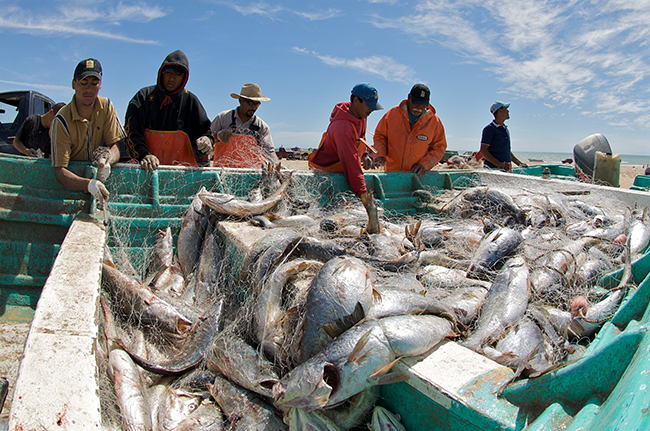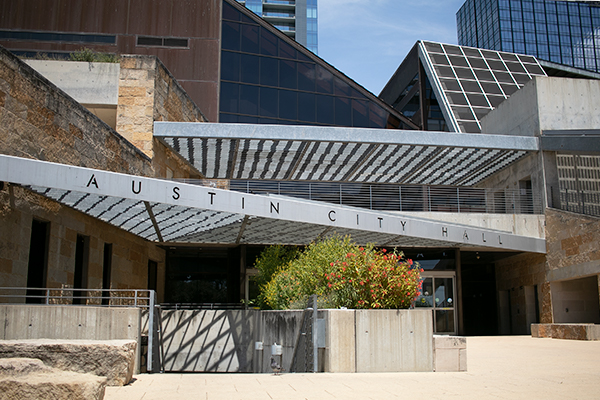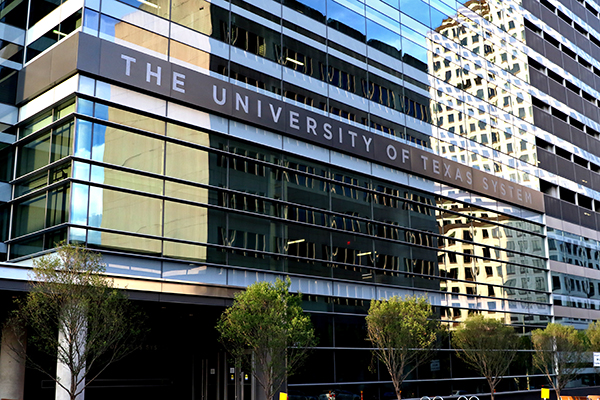The preservation of fish reproduction sites is most effective in balancing fisheries and fish conservation, according to UT assistant professor in marine science Brad Erisman.
The paper, published in the Fish and Fisheries journal, is a perspective article written as a campaign to inform fisheries managers, conservation groups and policy makers about the importance of fish spawning aggregations — reproduction sites — and to make the management of spawning aggregations a global priority, according to Erisman.
“It’s exciting — we’ve got a lot of feedback,” Erisman said. “We’ve had over 150 reads in a week on ResearchGate, and [our article] was picked up by National Geographic [among other news outlets].”
Erisman said fish gather to release eggs and sperm during their reproductive seasons and this spawning effort only works in large groups. Because of overfishing, there are often not enough fish left to trigger reproduction. Historically, marine ecosystem preservation has always included making a choice between fisheries and conservation, but Erisman said preserving the reproduction sites can address both issues.
“When you protect these aggregations, it shows recovery that benefits both fisheries and conservation,” Erisman said.
Co-author William Heyman, a former associate professor in geography at Texas A&M, said he has been collaborating with Erisman for 10 years and the article contains information worth 20 years of work.
“Finally this phenomenon is explained in ways I’ve never seen it explained before,” Heyman said. “Fishermen find aggregations before scientists. And when they do, their natural tendency is to fish them … they’re interested in the short-term benefits. But when we [educate] them on the long-term sustainability of fisheries, their response is, ‘Oh, I get it. I’m willing to stop fishing.’”
Heyman said he and Erisman share a “magical experience” of swimming in massive aggregations of spawning fish worldwide.
Recent marine and freshwater biology graduate Mark Lopez said he experienced Erisman’s passion for fish when he took Erisman’s spring 2015 class on marine fisheries. After working with Erisman over the summer to measure characteristics of fish in relation to their spawning potentials, Lopez said he hopes to collaborate with Erisman in the future as he prepares to pursue a graduate program in fisheries ecology.
“When [Erisman] needed a break from reading or writing, he went and took a fish break for 30 minutes,” Lopez said. “So he just went fishing and came back with a few fish to cut.”












